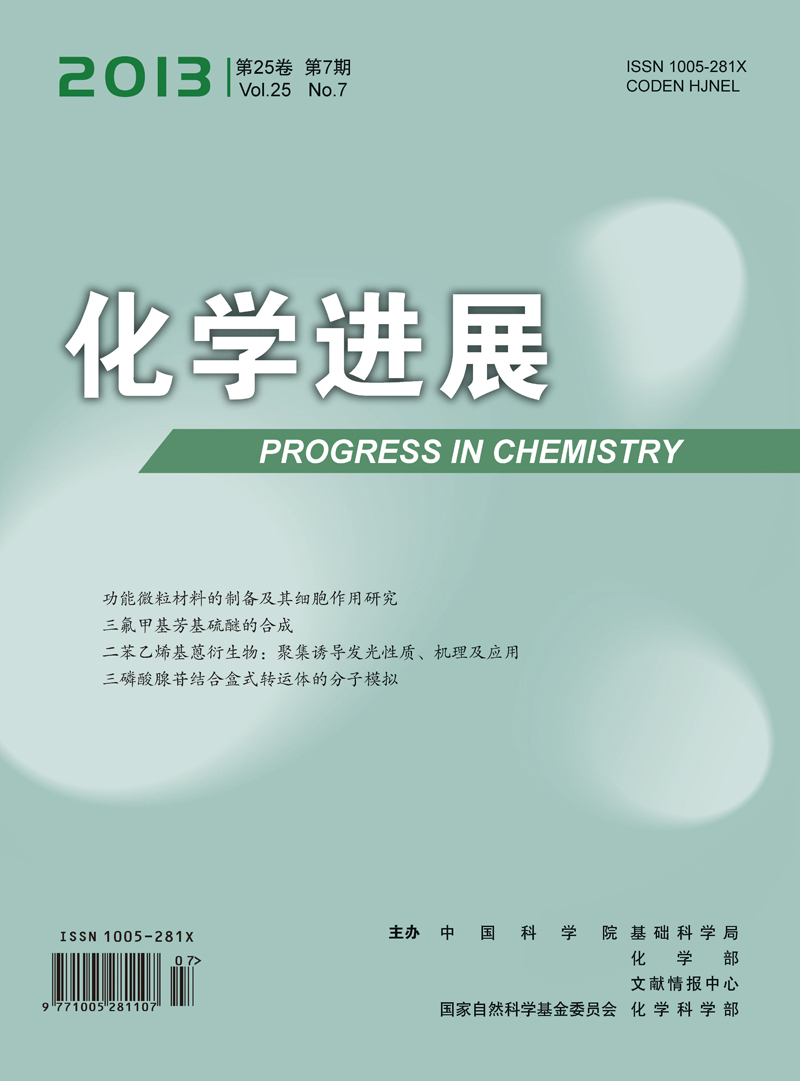Mao Zhengwei, Zhang Yuanhong, Li Huiying, Tong Weijun, Gao Changyou*. Advanced Particulate Biomedical Materials and Their Interactions with Cells[J]. Progress in Chemistry, 2013, 25(07): 1061-1070.
Along with the rapid development of micro and nanotechnology, the colloidal particles are taking more and more important roles in biological field as detective probes for disease diagnosis and drug carriers for sustained release and targeted delivery. On one hand, to fulfill the demands of these biological applications, various novel particulate materials with finely tuned surface chemistry and morphology, well defined stimuli responsiveness as well as adjustable substance loading and release properties have been developed in our lab. On the other hand, efforts are made to understand the cellular uptake of particles, and thereby the influence on cell functions, which is mandatory for their biomedical applications. In this mini-account, we systematically summarize our efforts to prepare and functionalize the particulate materials, especially the hollow microcapsules fabricated by the layer-by-layer (LbL) assembly of oppositely charged polyelectrolytes on colloidal templates, followed by core removal. The influences of physiochemical properties of these colloidal particles on the cellular uptake, intracellular distribution and transportation are then introduced. Their impacts on cytotoxicity and subsequent cell functions, especially on cell mobility and phenotype, are also discussed.








